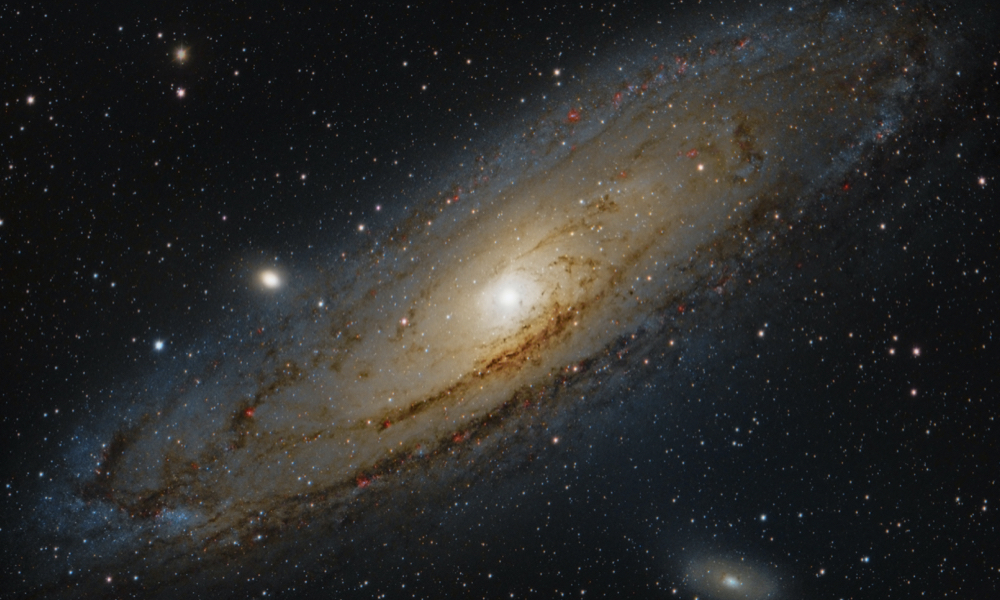
ESA Open Invitation To Tender AO8741
Open Date: 19/07/2016
Closing Date: 30/09/2016 13:00:00
Status: ISSUED
Reference Nr.: 16.1EC.04
Prog. Ref.: TRP
Budget Ref.: E/0901-01 – TRP
Special Prov.: BE+DK+FR+DE+IT+NL+ES+SE+CH+GB+IE+AT+NO+FI+PT+GR+LU+CZ+RO+PL+EE+HU
Tender Type: C
Price Range: 200-500 KEURO
Products: Satellites & Probes / AOCS & GNC / AOCS & GNC Eng. SW / SW for AOCS&GNC design, analysis, simulation, etc.
Technology Domains: Space System Control / Control Systems Innovative Technologies / High Accuracy Pointing Technologies
Establishment: ESTEC
Directorate: Directorate of Technical & Quality Management
Department: Electrical Engineering Department
Division: Control Systems Division
Contract Officer: Fabrizi, Lavinia
Industrial Policy Measure: N/A – Not apply
Last Update Date: 19/07/2016
Update Reason: Tender issue
In the conventional system approach, image stability requirements are met constraining the platform and instrument to a very quiet thermo-mechanical environment. This is achieved mainly by active and/or passive isolation systems present at source and/or at receiver level, or using low-noise actuator solutions like micro-propulsion. In this precursor study, the image stability will be achieved by a line-of-sight stabilization concept based on a tilt/tip mirror located inside the instrument. Such pointing concept has been successfully implemented in Europe in the special case of small Laser Communication Terminals with Artemis SILEX and EDRS LCT but also more recently in US within the Optical instruments of SDO (Solar Dynamics Observatory) and GOES-R (Geostationary Operational Environmental Satellite-R series). One benefit provided by such a stabilization system is the increased decoupling from the dynamic disturbances created by the platform and other noisy instruments. Another benefit is the simplification of the platform and AOCS design. GEO-HR is a very interesting application with stringent line-of-sight stability requirements (e.g. Relative Pointing Error of 5-10 mas over 10-20 msec) and can serve as a reference mission due to the availability of a preliminary GEO-HR telescope design which will provide valuable inputs to this study. It is envisaged to extend the use of this concept on future Earth Observation or Science missions with different sets of performance requirements (e.g. stability over longer time intervals of few seconds).The main tasks of this activity shall cover: a) the accommodation of the image stabilization system in the GEO-HR telescope; b) the architectural design of the image stabilization system including the use of real-time payload measurement and additional high frequency sensors, the analysis of the sensitivity functions for the controllers and sampling frequency, the selection and sizing of the mirror tilt-tip mechanism actuator (e.g. piezoelectric actuators) and the possible integration and synergies with AOCS (e.g. equipment/information sharing, feed-forwards).As a starting point for the definition of line-of-sight displacements to be compensated by the stabilization system, a platform with a classical low cost AOCS (i.e. based on reaction wheel without active/passive damping) will be considered. Redundancy needs and FDIR aspects shall be taken into account in the proposed architecture as well; c) the development of a high-fidelity simulator to address the architectural design aspects, the controller synthesis and to perform preliminary performance assessment (e.g. image quality, pointing errors, and including additional torque/force exchanged by the tilt/tip mirror actuators with the payload structure);d) the requirement breakdown and justification; e) conclusions and recommendations for future work.
If you wish to access the documents related to the Invitation to Tender, you have to log in to the ESA Portal.
